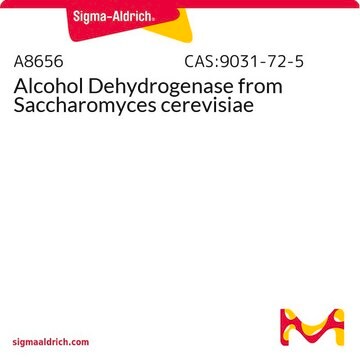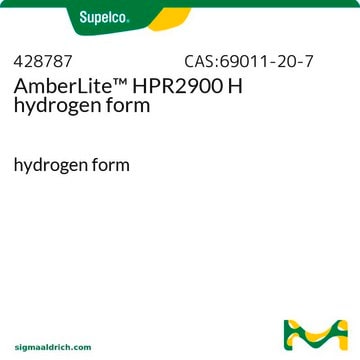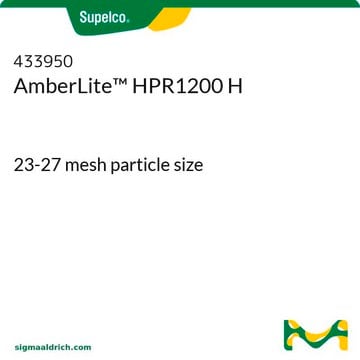32210
Éther diméthylique du diéthylèneglycol
puriss. p.a., ≥99.5% (GC)
Synonyme(s) :
2-méthoxyéthyl éther, Diméthyldiglycol, « Diglyme », Éther bis(2-méthoxyéthylique)
About This Item
Produits recommandés
Densité de vapeur
4.6 (vs air)
Pression de vapeur
3 mmHg ( 20 °C)
Qualité
puriss. p.a.
Essai
≥99.5% (GC)
Température d'inflammation spontanée
370 °F
Limite d'explosivité
17.4 %
Technique(s)
HPLC: suitable
gas chromatography (GC): suitable
Impuretés
≤0.005% peroxides (as H2O2)
≤0.1% water
Indice de réfraction
n20/D 1.408 (lit.)
n20/D 1.408
pb
162 °C (lit.)
Pf
−64 °C (lit.)
Densité
0.944 g/mL at 20 °C (lit.)
0.939 g/mL at 25 °C (lit.)
Traces de cations
Al: ≤0.5 mg/kg
Ba: ≤0.1 mg/kg
Bi: ≤0.1 mg/kg
Ca: ≤0.5 mg/kg
Cd: ≤0.05 mg/kg
Co: ≤0.02 mg/kg
Cr: ≤0.02 mg/kg
Cu: ≤0.02 mg/kg
Fe: ≤0.1 mg/kg
K: ≤0.5 mg/kg
Li: ≤0.1 mg/kg
Mg: ≤0.1 mg/kg
Mn: ≤0.02 mg/kg
Mo: ≤0.1 mg/kg
Na: ≤0.5 mg/kg
Ni: ≤0.02 mg/kg
Pb: ≤0.1 mg/kg
Sr: ≤0.1 mg/kg
Zn: ≤0.1 mg/kg
Application(s)
environmental
Chaîne SMILES
COCCOCCOC
InChI
1S/C6H14O3/c1-7-3-5-9-6-4-8-2/h3-6H2,1-2H3
Clé InChI
SBZXBUIDTXKZTM-UHFFFAOYSA-N
Vous recherchez des produits similaires ? Visite Guide de comparaison des produits
Description générale
Application
Mention d'avertissement
Danger
Mentions de danger
Conseils de prudence
Classification des risques
Flam. Liq. 3 - Repr. 1B
Risques supp
Code de la classe de stockage
3 - Flammable liquids
Classe de danger pour l'eau (WGK)
WGK 1
Point d'éclair (°F)
134.6 °F - closed cup
Point d'éclair (°C)
57 °C - closed cup
Faites votre choix parmi les versions les plus récentes :
Certificats d'analyse (COA)
Vous ne trouvez pas la bonne version ?
Si vous avez besoin d'une version particulière, vous pouvez rechercher un certificat spécifique par le numéro de lot.
Déjà en possession de ce produit ?
Retrouvez la documentation relative aux produits que vous avez récemment achetés dans la Bibliothèque de documents.
Notre équipe de scientifiques dispose d'une expérience dans tous les secteurs de la recherche, notamment en sciences de la vie, science des matériaux, synthèse chimique, chromatographie, analyse et dans de nombreux autres domaines..
Contacter notre Service technique










